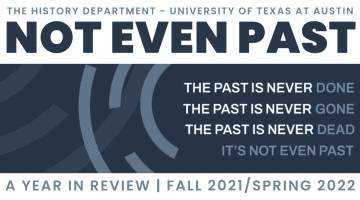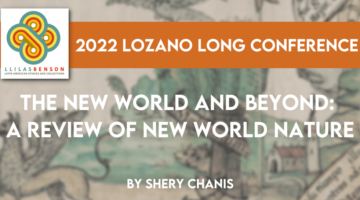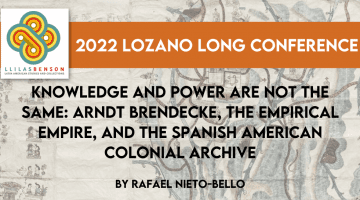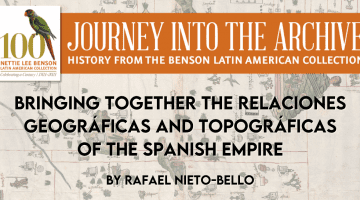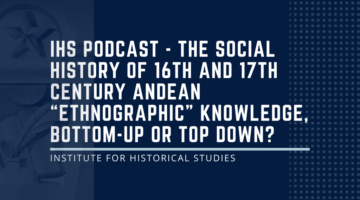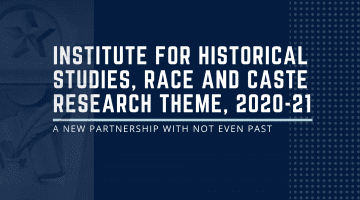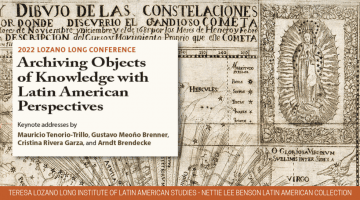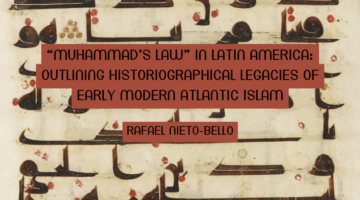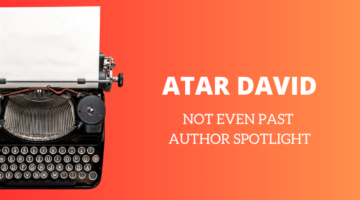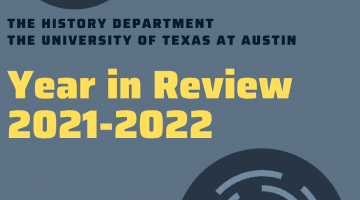
It’s been another busy year for Not Even Past with more than 130 articles published across the academic year. To celebrate all this incredible academic content we have compiled everything in one page below. Not Even Past‘s reach also continues to grow, and we just broke a million page views over the past 12 months, […]
